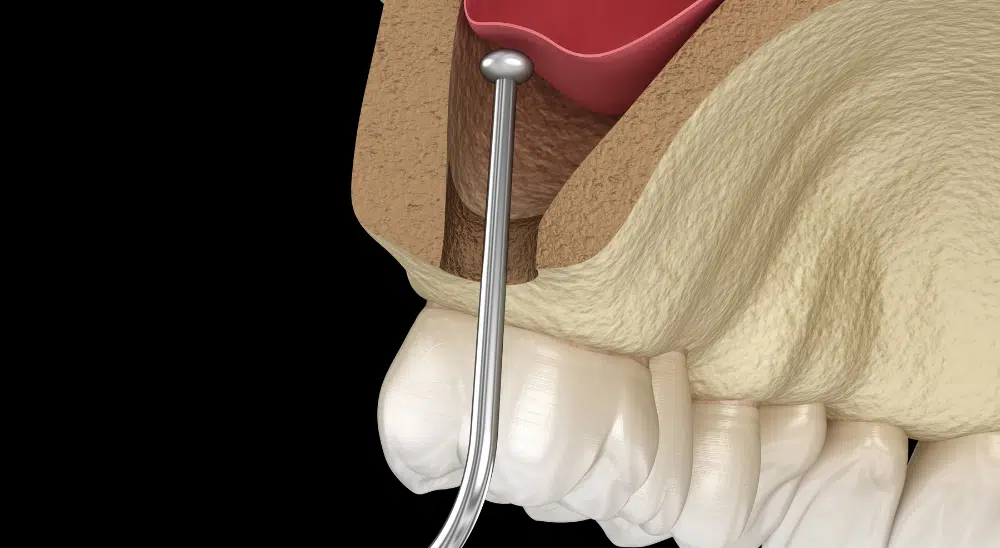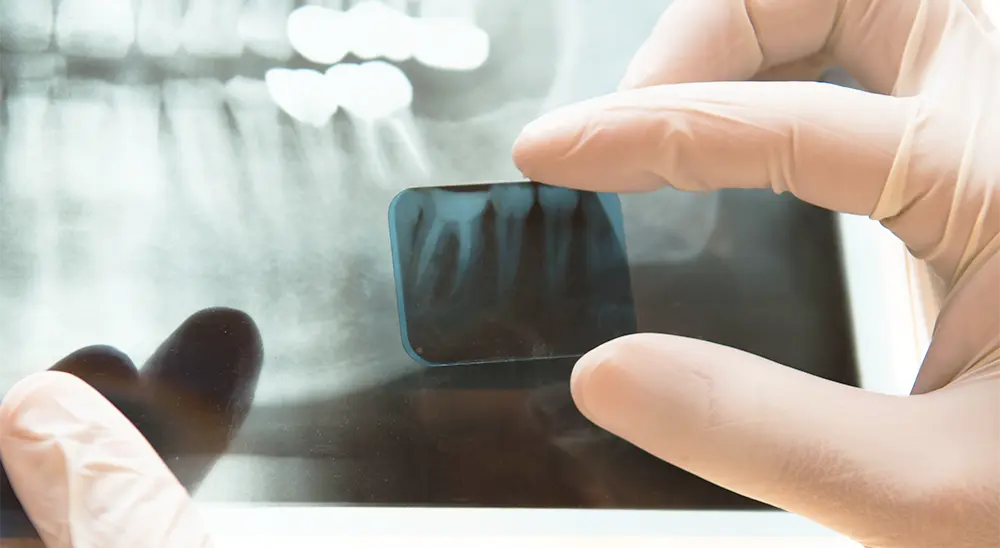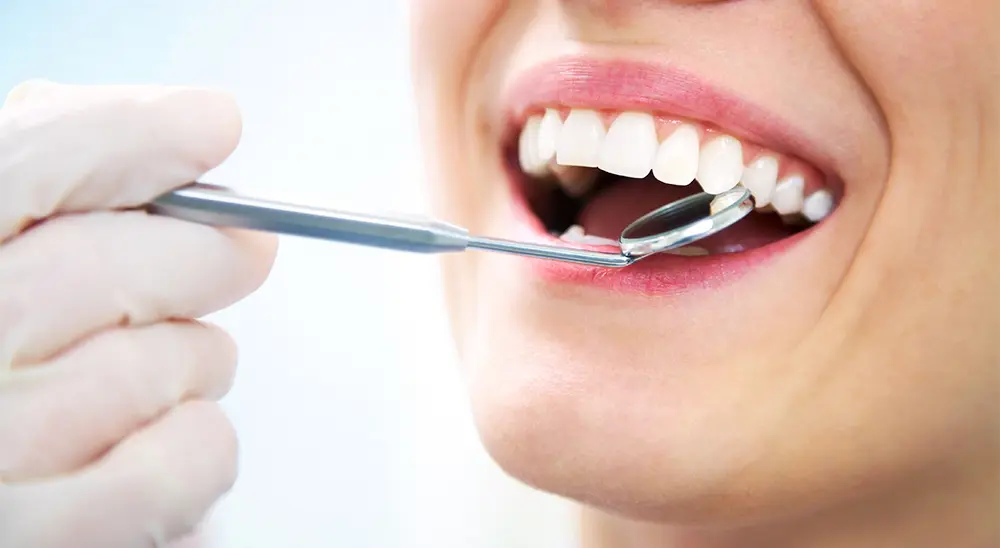
Sinus lift
Dental implants without a sinus lift? Is it possible?
Over the last 25 years, dental implants have become much more easily accessible and the most preferred method for restoring missing teeth. But how are things when the patient has suffered a bone loss? Is it always necessary to perform procedures such as sinus lift or bone graft in order for the dental implant placement procedure to be successful? Read in our new article.
What is a sinus lift and when do you need this procedure?
Often, patients wishing to have dental implants have waited way too long after losing their natural teeth, and as a result, the soft and hard tissues have undergone deformity. This deformity is called bone atrophy or bone loss. In order to place dental implants, a strong bone is certainly needed in which they can be osseointegrated. In the absence of such a bone, additional procedures are needed. As for the upper jaw, the most popular such procedure is the sinus lift.
The maxillary sinuses are filled with air cavities that are located just above the back of the maxilla (upper jaw).
The sinus lift is a manipulation in which the sinus floor is lifted and an additional bone is placed under it to help in the correct placement and fixation of the dental implant.
Is it necessary to perform a sinus lift when placing all types of implants?
In general, dental implants can be divided into classical (two-part) and basal and compression (one-part), sinus lift is not always a necessary manipulation.
When treated with basal implants, for example, a sinus lift is not performed because they are placed in the harder part of the bone (cortical), which is rarely affected by atrophy. Also, basal implants are single-piece and this allows them to bend. In this way, the sinuses can be bypassed and the sinus floor lifting procedure can be avoided, which will greatly facilitate the manipulation of dental implants.
In classic and compression implants, if the patient suffers from a lack of bone, in most cases, the sinus lift is a necessary procedure, as they are placed in the softer part of the bone (spongiosis), which is most often affected by atrophy. For this reason, dental implants have nowhere to be placed and additional bone grafting procedures need to be performed in order for the implant treatment to be successful.
Which are the most suitable dental implants in your specific case? Send us an inquiry through our contact form, and we will prepare an individual treatment plan with a price offer free of charge.








